Virtual pipeline
When there is no Natural Gas Pipeline, you can deliver LNG (Liquid Natural Gas) from source to final user, in 3 simple steps:
The 3 steps:
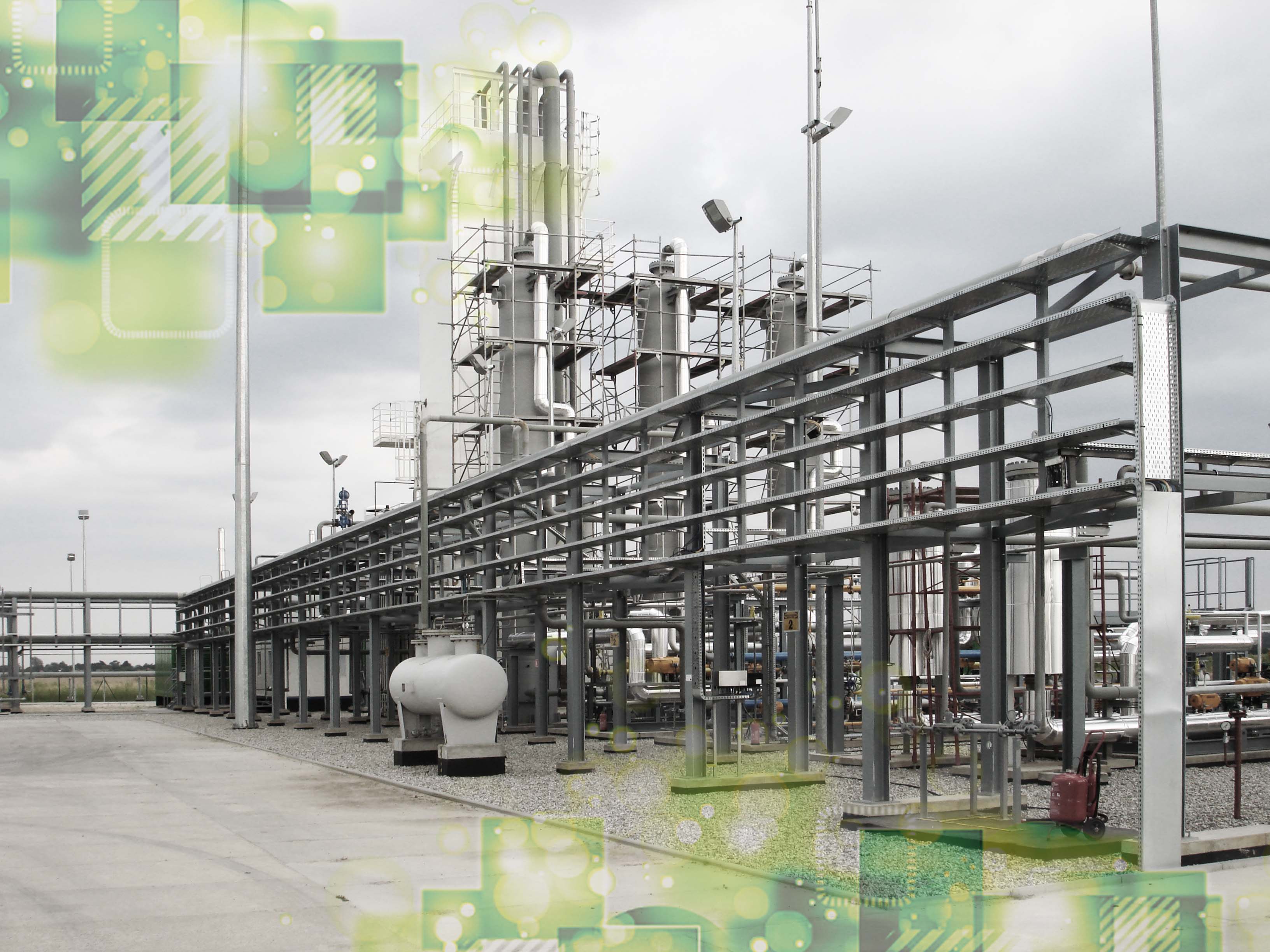
A virtual pipeline has different phases:
1. SOURCES OF LNG
-
01
LIQUIFIED from field extraction. Natural gas are generally discovered during oil exploration operations.
-
02
LIQUIFIED from big pipeline (Let Down technology).
-
03
TLF TRUCK LOADING FACILITY from an LNG terminal you open new delivery line of LNG to cryogenic trucks transportation.
2. LIQUEFACTION
-
01
The natural gas is filtered and purified, to not damage the equipment and in order to meet the specifications of the importing regions.
-
02
Liquefaction process produces a natural gas with a methane content close to 100%.
-
03
The liquefaction process reduces the volume of gas by a factor of around 600.
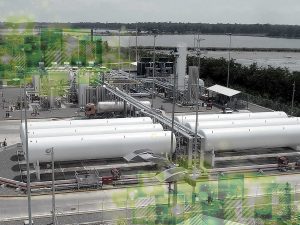
3. STORAGE & TRANSPORTATION
-
01
The LNG is stored in tanks and transported in tankers at a temperature around -161°C and at atmospheric pressure (1 to 3 bar).
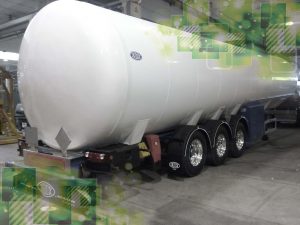
4. END USER: REGASIFICATION or LNG SUPPLY
-
01
Once received and offloaded, the LNG is returned to cryogenic storage tanks, where it is kept at a temperature around -161°C.
-
02
Regasification consists in restoring the natural gas to its gaseous form at ambient temperature, in which it can be transported through pipelines for consumption by end customers.
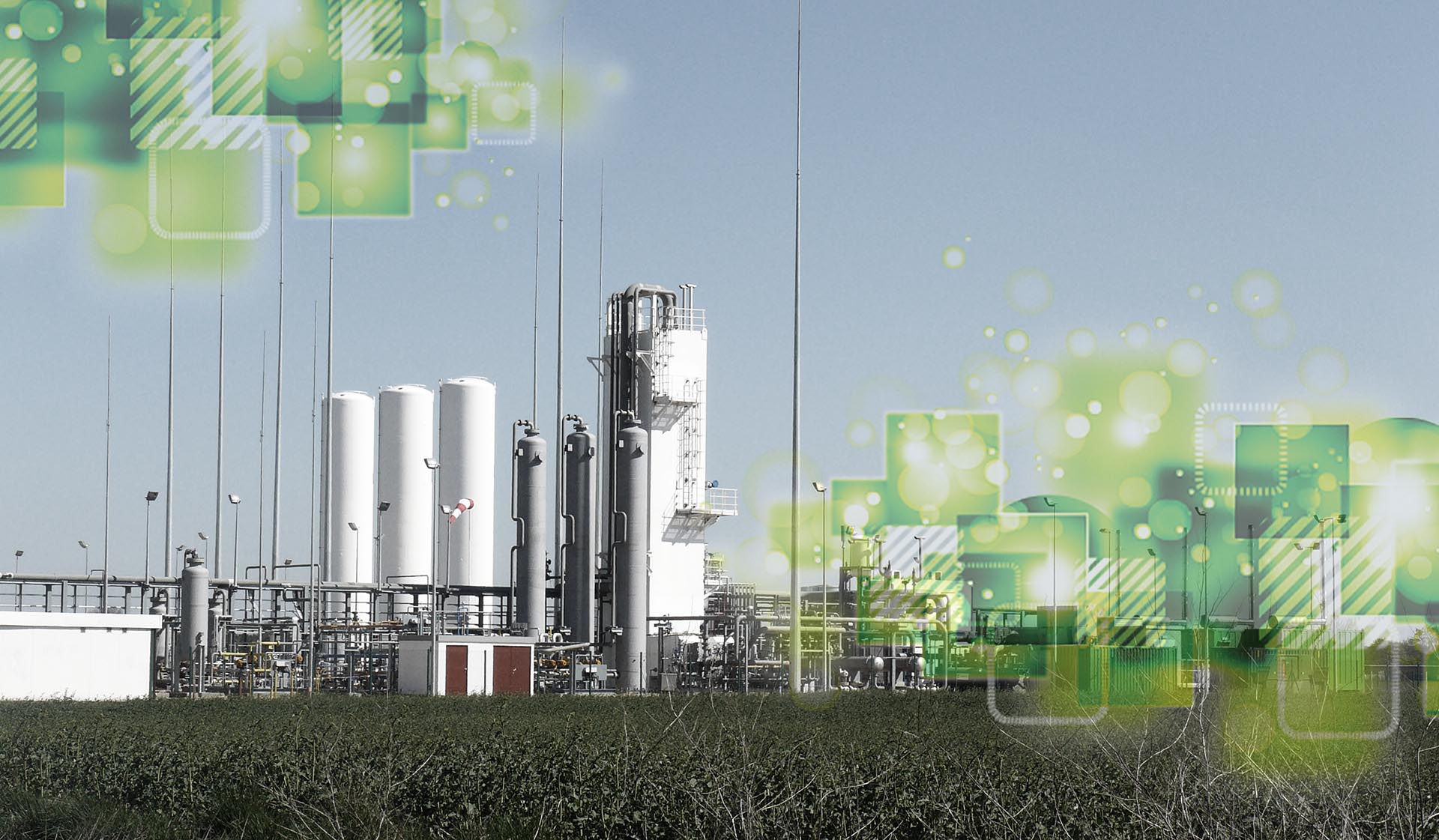
The benefits are:
You can buy LNG on different suppliers
Normally LNG has more quality than pipeline gas.
Access to locations without pipeline connection and/or access to locations without electrical sources
Use of a less polluting fuel
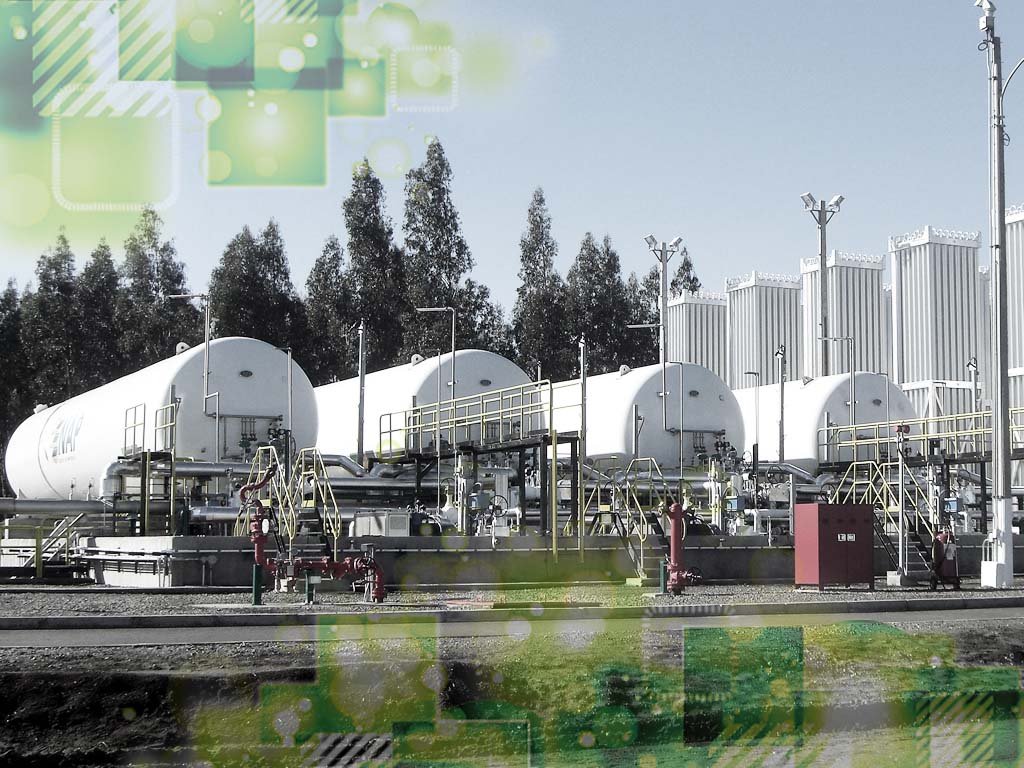
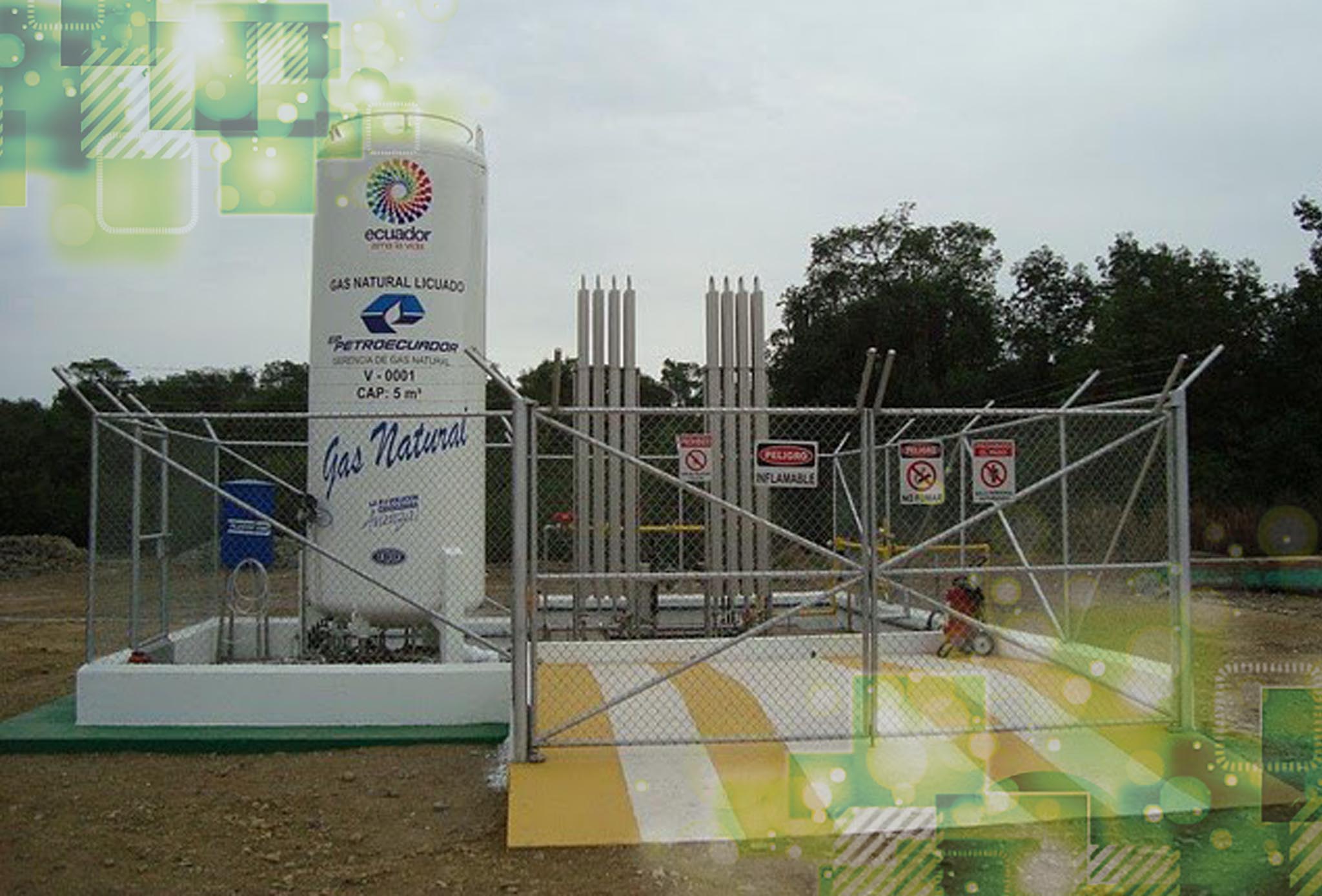
End uses can be:
-
01
Liquid phase: new LNG customer delivery or be storage till LNG gas vehicular is demanded for heavy duty transportation solutions
-
02
Gas phase: Domestic or Industrial consumers.
Other Product & Services
Liquefaction plant
The liquefaction Plant is the key point in the virtual pipeline because it’s an easier and cheaper way of transporting Natural Gas over long distances.
Learn More
Truck loading facility
An LNG truck loading facility is the equipment to deliver to an LNG tanker the Liquid Natural Gas you have in a LNG Terminal Reception Plant.
Learn More
Logistics
The LNG is stored in tanks and transported by road tankers at a temperature of around -161°C and at a pressure between 1 and 3 bars.
Learn More
Bunkering
The shipping industry needs to reduce emissions from its use of fuels. Riverships, harbour tugs, tourist & passenger ships, ferries and Industrial ship transportation are moving fast to much cleaner fuels and LNG is the only full reasonable fuel they can use.
Learn More
Regasification plant
Once received and offloaded, the LNG is returned to cryogenic storage tanks, where it is kept at a temperature around -161°C prior to regasification.
Learn More
Natural gas fueling station
Today's vehicles are filled with different kinds of liquefied gas: methane (natural gas), propane, butane and their mixtures (so-called hydrocarbon gases)
Learn More


